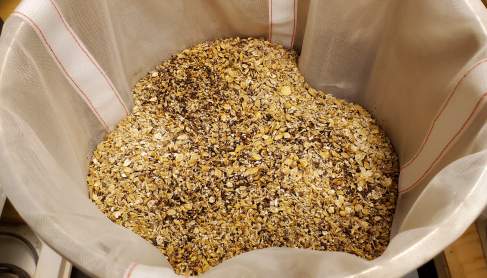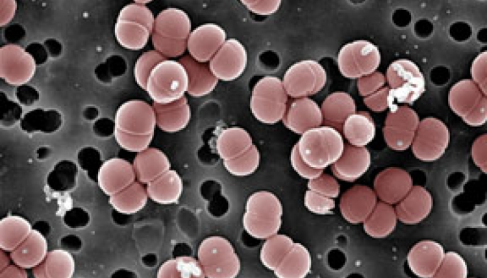Improve Your Beer by Simplifying Your Grain Bill
February 27th, 2023
To be a great brewer, you must acknowledge that perfecting recipe design is a lifelong process. We often start in one direction, and over time tweak and modify until it is something completely different. This process can take months, or even years to complete, and regularly comes with a lot of frustrations when things don’t turn out just right.
There is a temptation to add a wide variety of grains to create a complex and nuanced flavour profile, but in reality, simplifying your grain bill is what will provide you the most benefit in the long run.
In fact, I have found that anything over 6 types of grain is overkill, and results in a beer that has a muddied flavour profile. Choosing the right grains from the get-go will lead to a more balanced and enjoyable beer.
Base
Base grains provide the foundation on which amazing beers are brewed, and although there are a wide variety to select from, there is rarely benefit in using more than one kind per brew.
Keeping to one type of base grain will help you achieve better consistency, while helping to dial in your mash temperatures. Doing this will improve your overall efficiency and wort extraction. You can adjust your mash profile to provide many of the same benefits you would achieve in blending base grains.
Specialty Grain
Specialty grains are added to the recipe to provide specific flavours and aromas. While it can be tempting to add a large variety of specialty grains to your recipe, using fewer types can actually help to create a more balanced flavour profile.
The desire to layer specialty grains is a natural thought process, wanting to nail that specific flavour you’ve been dreaming of – and there are a huge variety, each promising to deliver some desired characteristic to your beer. However, the small percentages of each that end up being used typically don’t provide the desired effect, and will instead result in a confused flavour profile.
Focusing on a maximum of two varieties will provide the best results, and will be far more likely to deliver the flavours you are searching for.
Colour
Adding grain to achieve a specific colour is a complex process, only made more confusing by attempting to blend many varieties across the Lovibond scale.
The most effective way to achieve your desired colour is to select a single grain, whose flavour compliments your specialty grains, and use it in the right proportion.
Colour has a way of getting out of hand quickly in a grain bill, often resulting in beers that are darker than initially expected. Sticking to one grain will help you make necessary adjustments in future batches.
Head Retention
Foam is an essential part of any beer, and the desire to dial in that frothy head can lead to us adding all kinds of grains to “help”.
Realistically, foam stability is more a factor of process than adding multiple ingredients. Your mash profile is going to have a greater effect on the result than adding in extra adjuncts.
Typically, a small percentage of Carafoam, paired with the right mash profile, will give you the head retention you are looking for. A touch of wheat might be acceptable if you are really struggling to get it dialed in.
Body / Haze
There are a lot of factors that go into creating the body and haze level desired in a beer. Again, process is just as, if not more important than, the grains themselves. Some adjunct grains are appropriate for building the desired profile, but sticking to a maximum of two will ensure you get the results you are looking for without overdoing things.
Conclusion
In conclusion, simplifying your beer recipe and using fewer types of grain can lead to a more balanced and enjoyable beer. By focusing on a few key base and specialty grains, you can achieve a consistent flavour profile, colour, and head retention.







